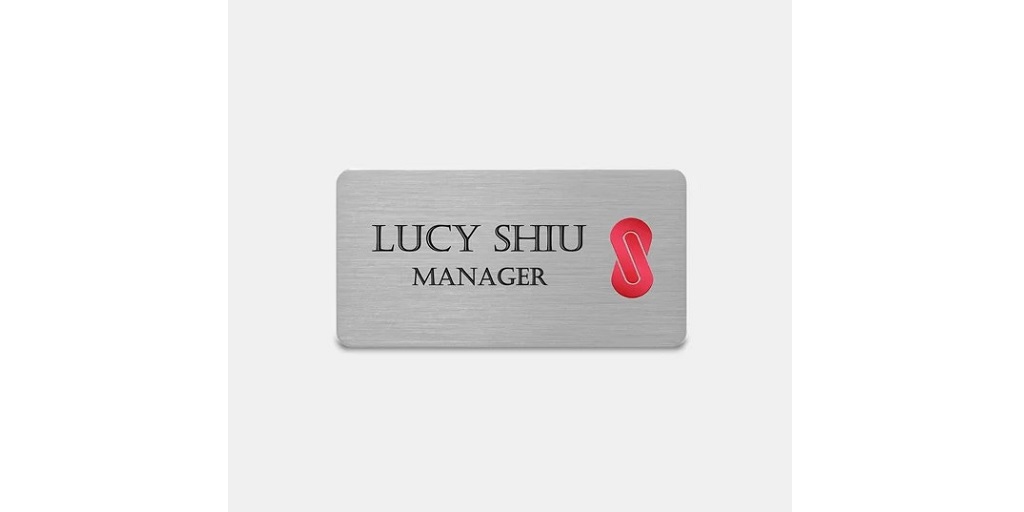
An identification card in a school or any educational facility has always been a part of identifying students and teachers. They can verify the identity of the person, but traditional ID cards have limitations that can affect the security of an educational institution.
However, technology is now providing a new way to combine creativity and technology to enhance the use of ID cards that go beyond mere identification. Here are some ways you can combine creativity and technology in an educational setting.
ID Cards and Education
Often school ID cards are simply laminated with the student’s name and vital information. They often need to be replaced every year, as students often change their cards every year. This allows for schools to recognize which students are currently enrolled or not.
Using custom ID badges make it easier for students and teachers to recognize current students from visitors and past students. These custom ID badges can use different colors and designs to reflect the new school term.
If the school has the budget, they can also use technology to use RFID chips, magnetic strips, and barcodes for proper identification. These can enhance the security of the students and the school, which can also improve the security and safety in the establishment.
Other Uses for ID Cards
But school ID cards could have other purposes other than identification. These can be used to provide access to certain areas in a campus, and control who has access to areas, equipment, and resources.
Campus Security
Using the latest technology can enhance campus security, as bigger campuses can limit access to certain areas and personnel. Using a barcode or RFID on a card could allow only authorized personnel or individuals to access equipment or areas.
These cards could also be used to allow only students for proper exit and entry into campus facilities. The administration and the facilitators can then easily track the people inside a building or any facility, which can provide valuable information when issues of security come up.
Library and Facility Access
Many universities and campuses have other facilities that are open to the public, but there are other facilities that are exclusive to students and faculty. Using an ID card to provide this special access makes borrowing books easier to manage and track.
Schools could also use ID cards to access digital resources, and even reserve study rooms or laboratories. This can streamline the procedure and create a more organized scheduling system for any educational facility.
Tracking Attendance
Using an ID card with the appropriate technology could also automate attendance tracking. Universities and faculty personnel can use card readers or smartphone apps to record the attendance of students, which lessens the paper rail and reduces errors that are often connected to manual attendance checks.
Better Access for Parents
For parents with children in primary and secondary education, an ID card with enhanced technology features can help them access their child’s performance in school. ID cards using NFC tags can provide links to the schools website or access the child’s attendance or school performance online.
The ID cards can then serve as a way to foster communication between teachers and parents, allowing for a better understanding of the child’s school performance.
ID Cards Can Offer More Than Identification
While ID cards in education have long been associated with identification, the latest technology allows for universities, schools, and colleges to build a learning environment that offers safety and security for students and faculty.
Of course, all of this depends on how much schools and other educational institutions are willing to invest in these technologies. But one thing is clear: technology is providing a way to make schools a safer place, and a more conducive place to learn.

